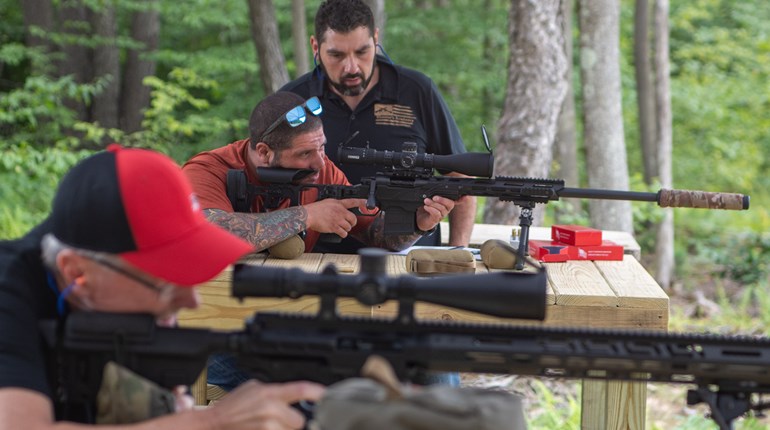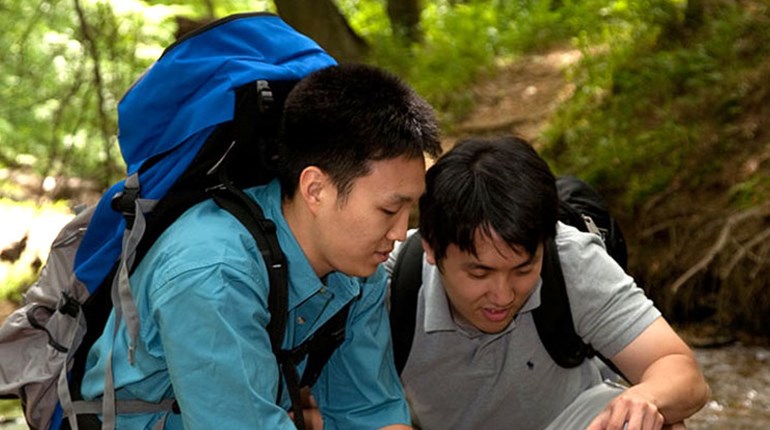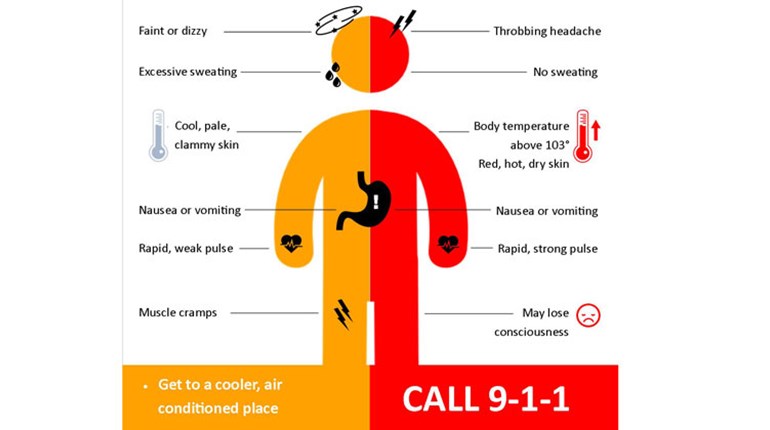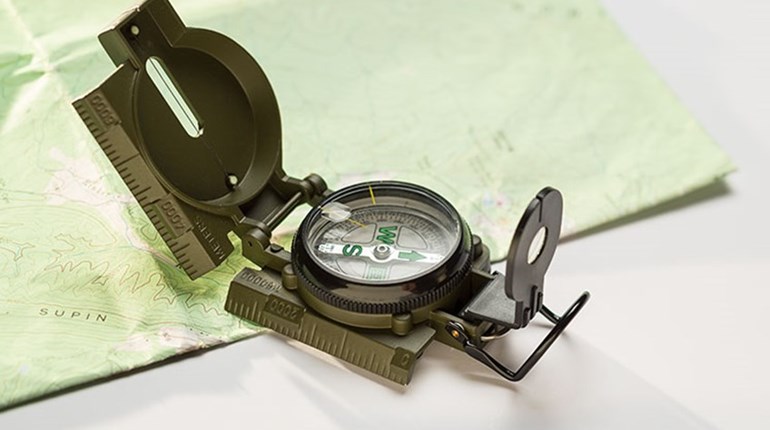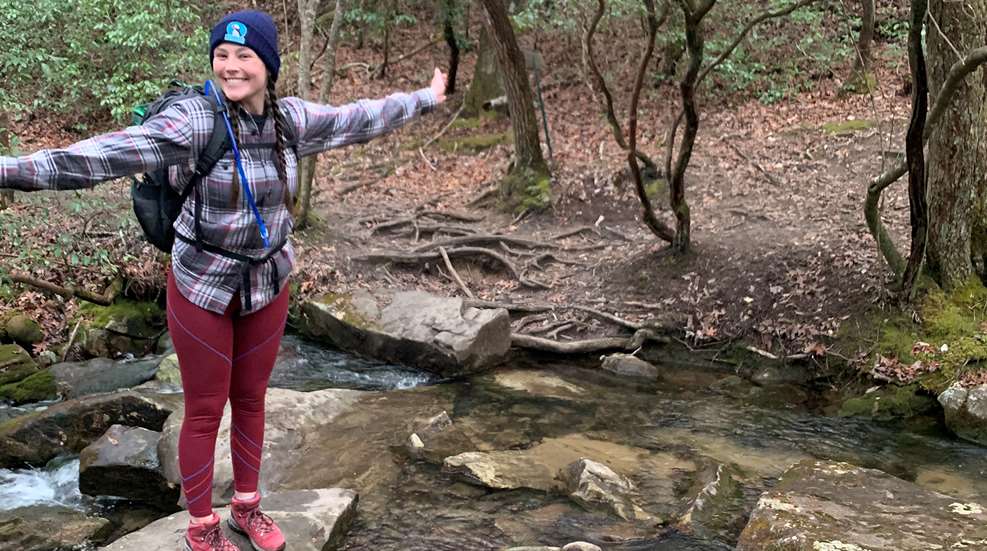
As I descended into the pitch-black gorge, I squinted out at what looked like eyes staring back at me in the dim rays of my tired headlamp. My equally exhausted mind somehow knew that the unblinking reflections went on farther than I could see. I glanced up at the pinpricks of light circling overhead, and thought perhaps they weren’t eyes at all, just stars that were a little lost. The aches and exhaustion enveloping me made it difficult to believe that little nails in the trees were the only thing guiding me out of the darkness.
I love night hikes. The weather is cooler, the sounds are more intense and it makes me feel like I’m back at summer camp. Night hikes also happen to be the only way to get outside on a Friday if your work day doesn’t end until 5 p.m. My buddy and I set off around 6 p.m. on Friday evening for a campsite near a waterfall about 5 miles away. Around 7:30 p.m., the sun had fallen completely behind the rocks towering over us on either side, and it was time to don headlamps.
The trail snakes through a rocky gorge with a number of gorgeous falls along the way. With only the sound of rushing water and trail markers to lead our way, we explored into the trees. In the daylight, following trail markers isn’t exactly difficult. When you can see your surroundings, the cleared trail is pretty obvious. However, in the dark with old hunting trails, logging routes and difficult terrain tempting you to take a wrong turn, trail markers are priority number one.
The trek to camp was gorgeous, fun and strenuous. We arrived and began collecting firewood and setting up hammocks. As I leaned my face into the ashes of our fire-pit to coax a little flame to life with some extra oxygen, I felt a few droplets hit the back of my neck. While the forecast had called for clear skies, we were at the base of a mountainous region where stray storm cells were unpredictable. It sprinkled on and off, the drops gaining in speed and intensity.
Of course, we did not bring rain flies. So, we ate dinner, packed up camp and hit the trail again around 11:30 p.m. COVID-19 had kept both of us out of the gym for over a year, and we both have knee injuries that the rain accentuates nicely. My body was plainly telling me to stop every mile we covered. On the hike there, we had kept to the trail, no problem. Our brains were sharp, and our bodies were ready for the adventure. However, once sleep deprivation and old injuries started to plague us, we made more mistakes.
The white painted rectangles that were supposed to guide us to the parking lot were camouflaged by lichen that covered the trees. Nailhead reflections only glimmered back every so often. It’s easier than you might think to get genuinely lost or injured in the woods, even on a clearly marked trail. Staying on track is hugely important. While our unintentional double night hike was dangerous, it was a calculated risk over staying in a wet environment in freezing temperatures, where we surely would have gotten sick. Luckily, the farther we strayed from the falls, the drier the trail.
The moral of the story is to always bring a rain fly even if you don’t think you’ll need it. And know how to read trail markers, even if it seems obvious in the daytime, because you never know when you’ll have to make an emergency trek in the middle of the night, while injured or sick.

A single painted rectangle or marker: Continue straight.
Two rectangles, the higher one angled to the right: Go right, as if the trail were continuing through the markers.
Two rectangles, the higher one angled to the left: Go left. Again, the angle of the turn will be as if the trail continued diagonally across the two markers.
Two rectangles stacked vertically with one rectangle to the right or left: You’ve arrived at an intersection. The main trail continues on the side of the two markers, while a side trail continues in the direction of the lone rectangle.
If you are struggling to find a trail marker, sometimes it's helpful to look behind you, as most trails equipped for two-way traffic will have markers going in both directions. If you see a marker behind you, you at least know you're on the trail and can backtrack to that point if necessary. Happy trails!












